Olympic Coast National Marine Sanctuary could do more for our orcas
Overall, the conditions within the sanctuary are "good" or "fair", but the orca populations here are still declining.
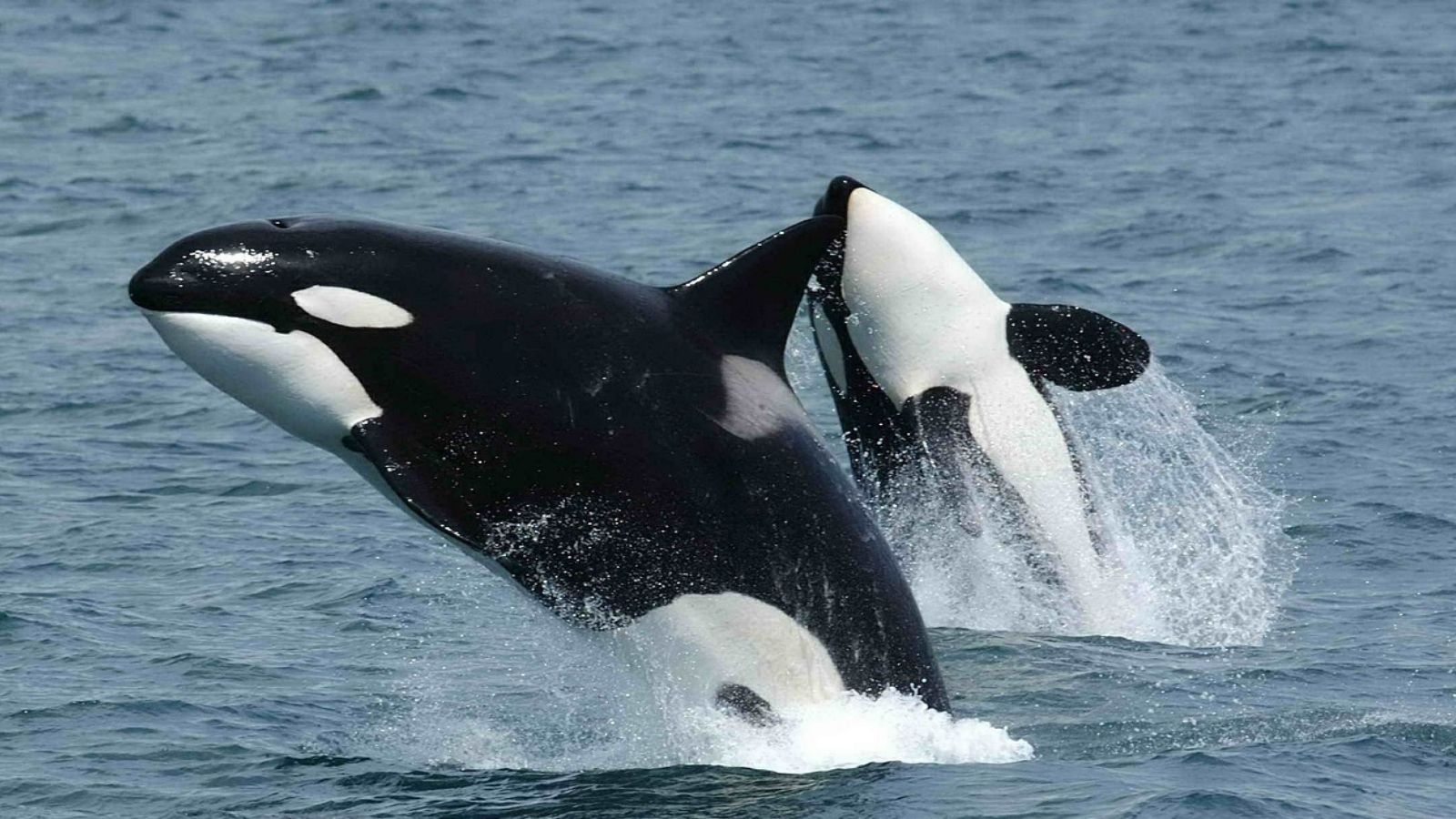
This week, the sanctuary managers at the National Oceanic and Atmospheric Administration (NOAA) closed the comment period they held regarding the environmental conditions within Olympic Coast National Marine Sanctuary (OCNMS).
OCNMS encompasses over 3,000 square miles of stunning ocean and nearshore ecosystems in the Pacific Northwest. These ecosystems contain craggy rock formations, towering kelp forests, and deep sea corals that provide habitats and hunting grounds for a variety of fish and marine mammals such as orcas and sea otters.
In their most recent condition report, NOAA evaluated the majority of environmental conditions as “good” or “fair” across the sanctuary. They did however, note that the orca population declined between 2008 and 2019, making it the only marine mammal to do so. As an apex predator at the top of the food chain, orcas are highly susceptible to bioaccumulating toxins, like heavy metals and PCBs, in their tissues. They also are highly susceptible to vessel noise which impacts their ability to echolocate prey and communicate with each other, and is something that can be easily addressed.
Environment Washington Research and Policy Center submitted a joint comment alongside Environment America Research and Policy Center calling on NOAA to do more to address vessel noise within the sanctuary to help orcas.
“The more we can do to bolster this at-risk species, the better, and because orcas inhabit the sanctuary in the winter months, we urge NOAA to enact measures to reduce underwater noise such as vessel speed restrictions.”
You can read our full organizational comment here.
See the Campaign
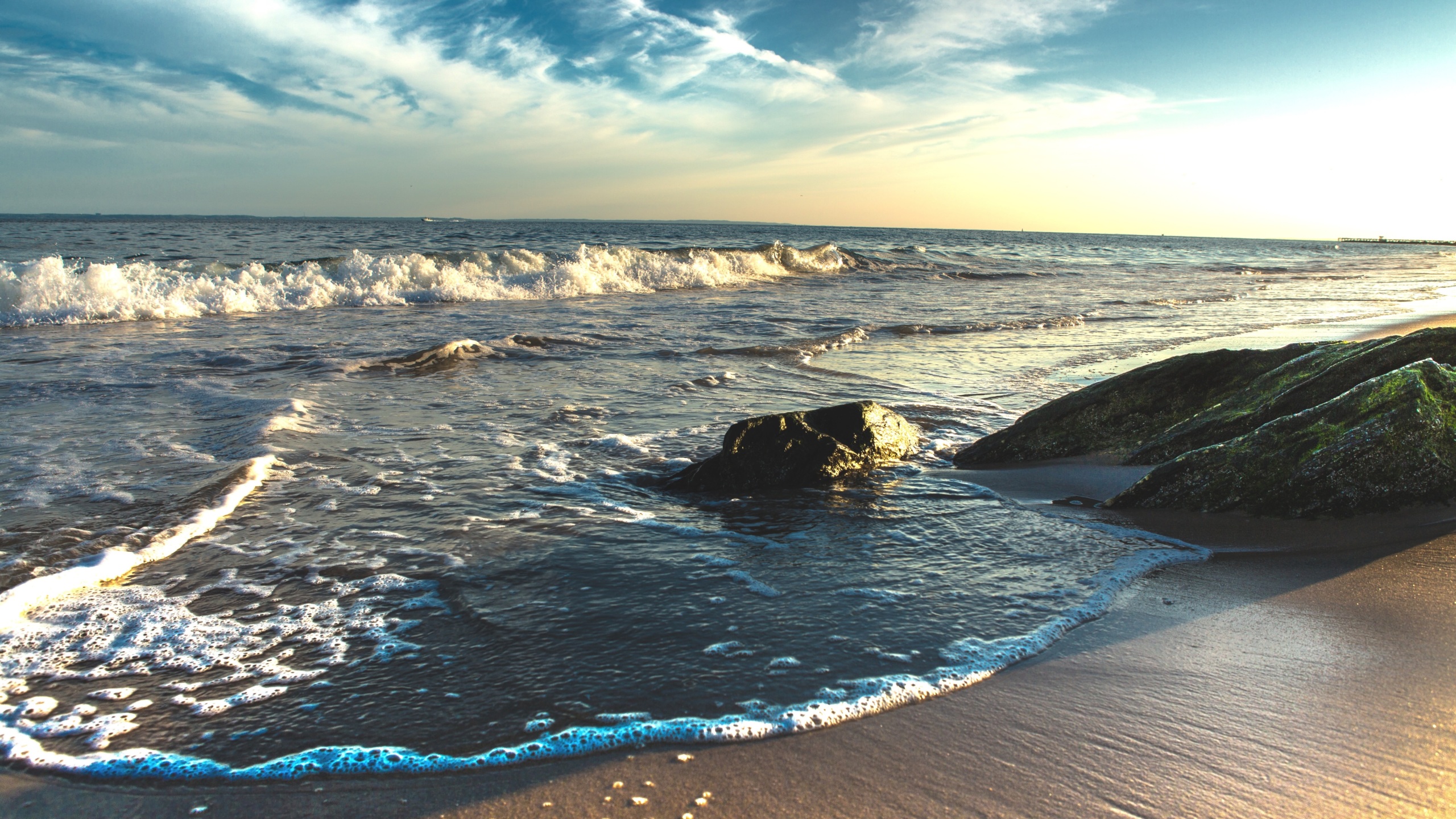
Protect Our Oceans
Topics
Updates
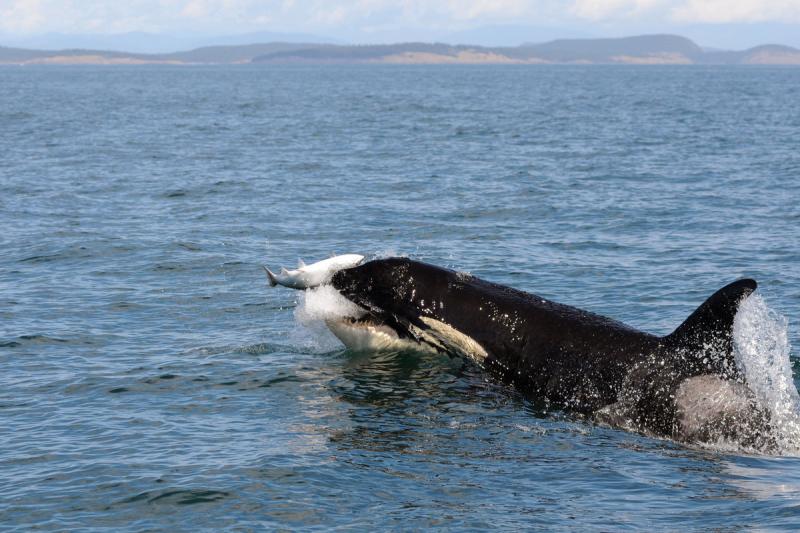
New research suggests that Resident and Transient orcas are different species
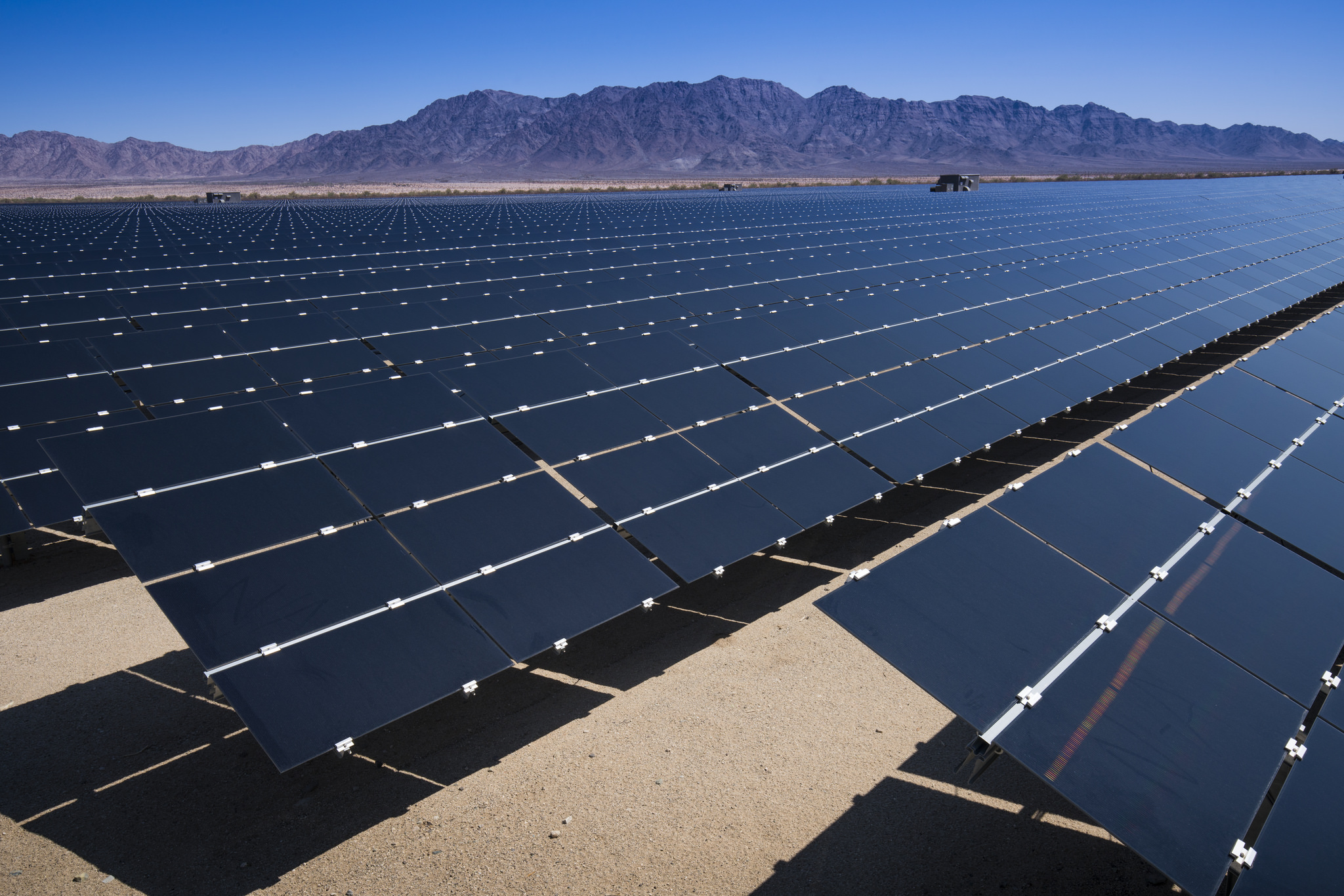
Utility-scale solar capacity eclipses nuclear

Energy Conservation & Efficiency
Kraft Mac & Cheese to get a little greener
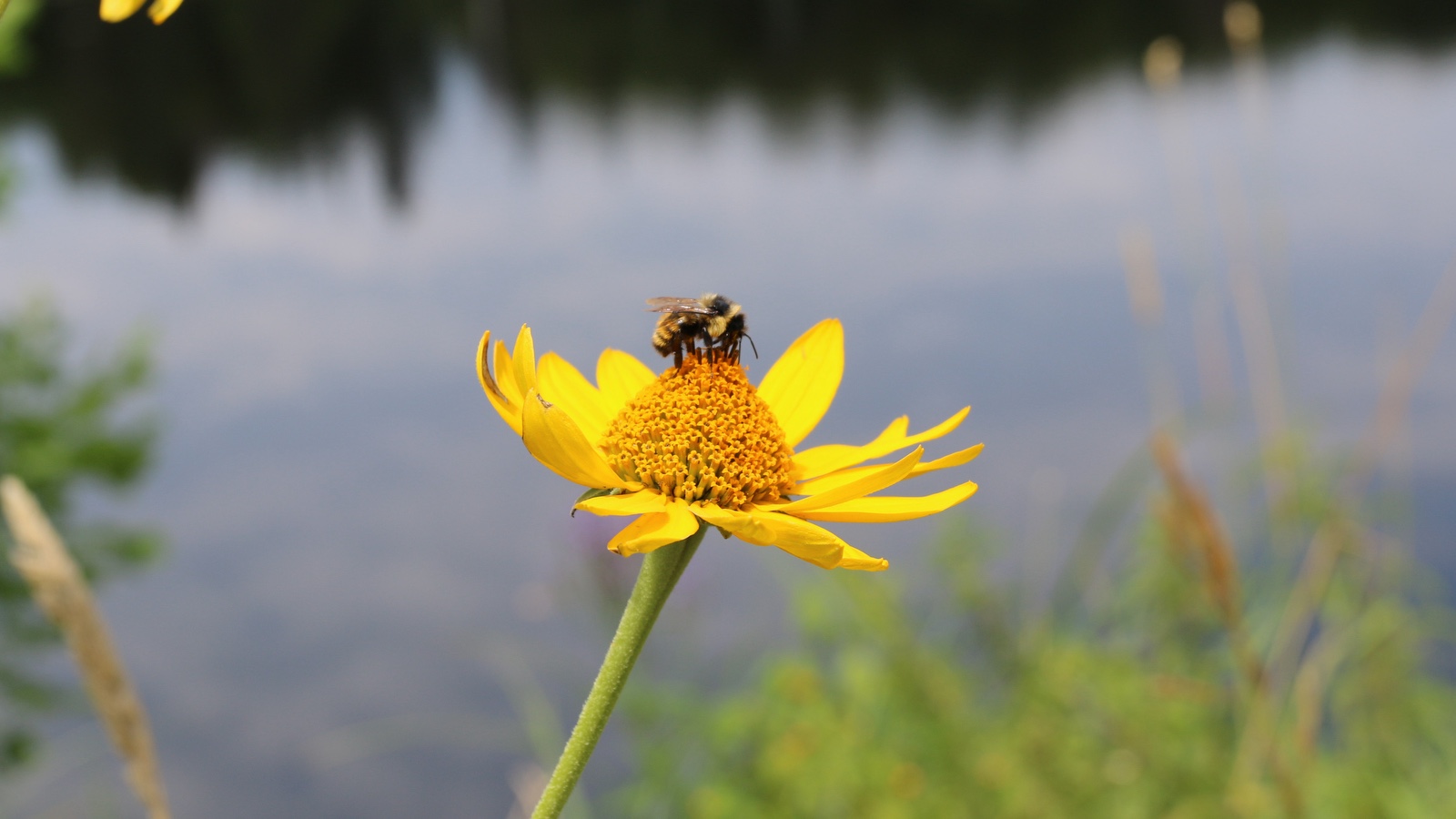
To save the bees, we must track pesticides
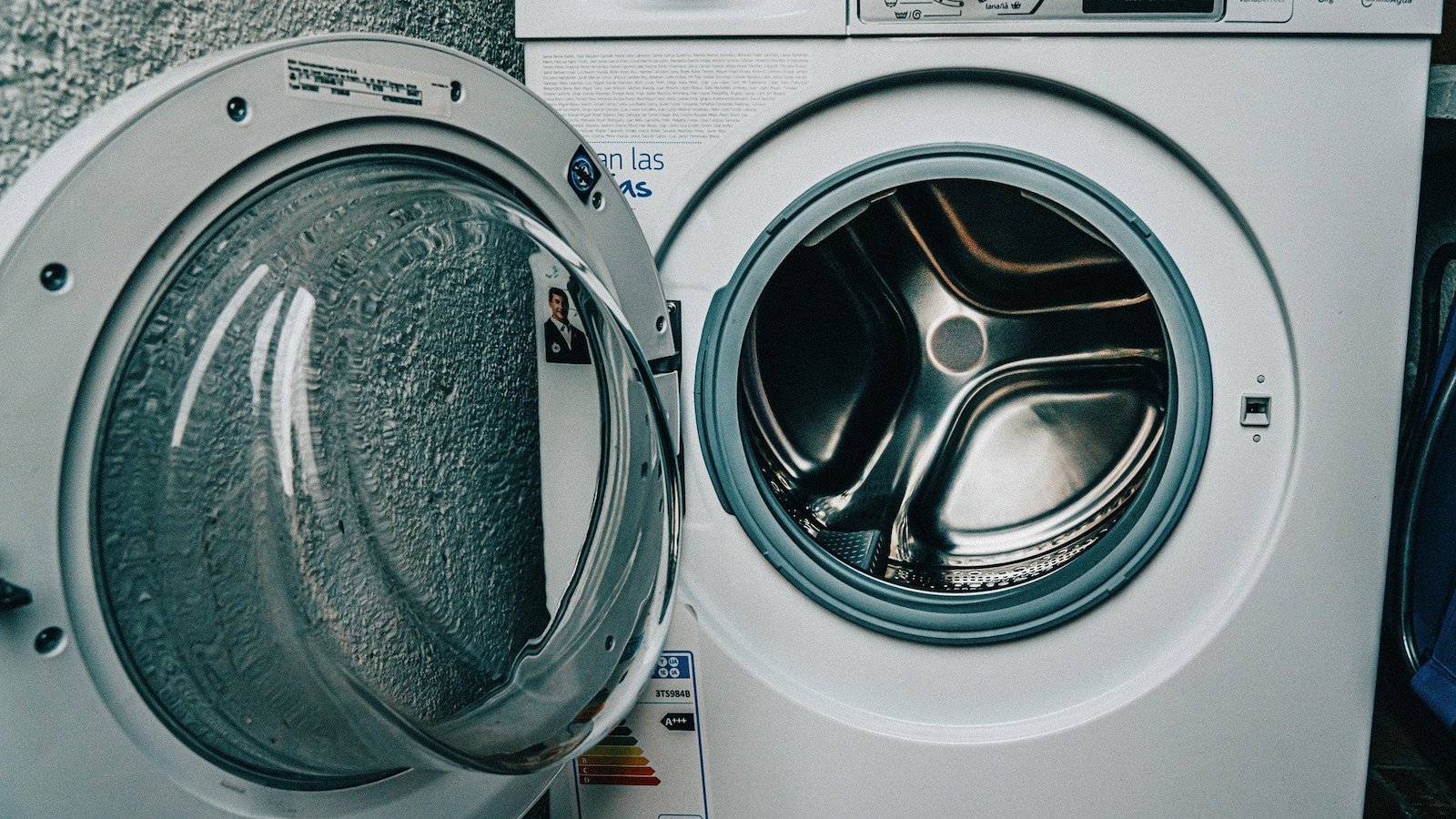
Energy Conservation & Efficiency
